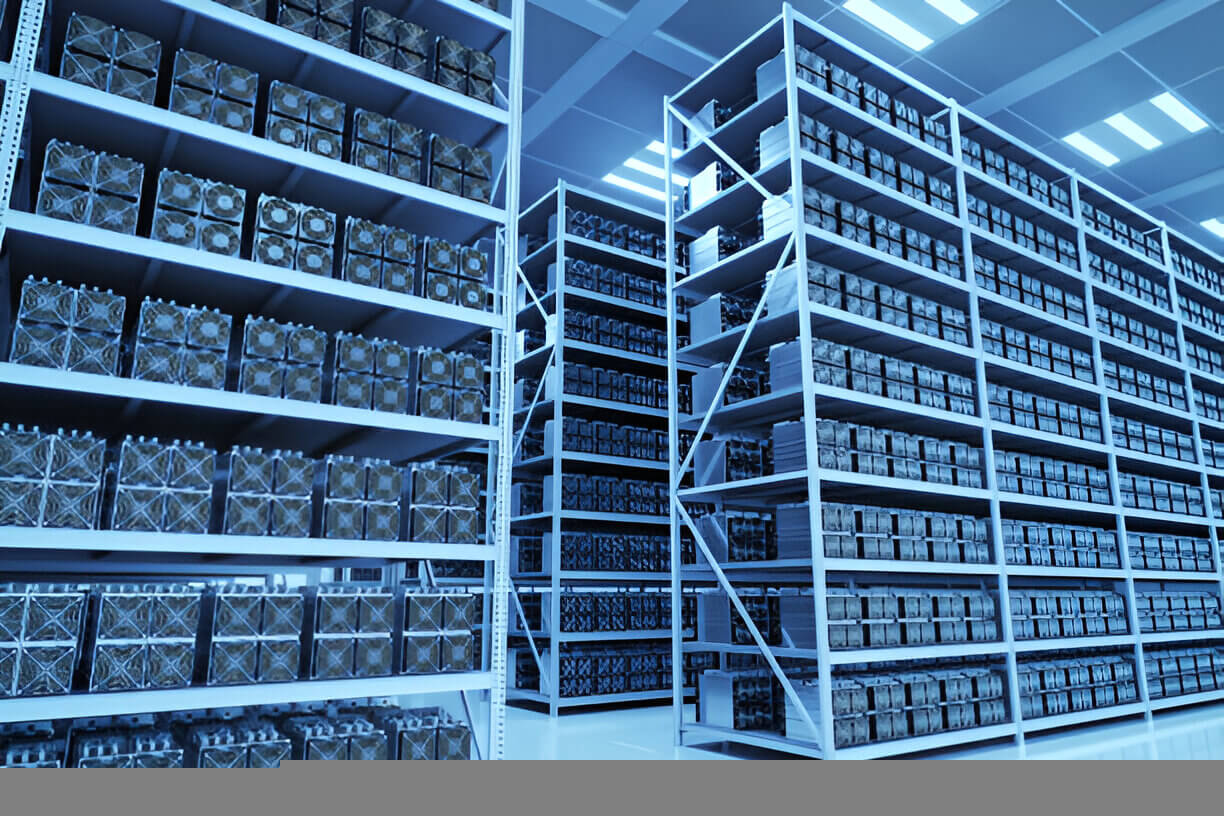It’s 2025, and the Bitcoin halving is already in the rearview mirror. Block rewards have dropped to 3.125 BTC. The big mining giants? They’re fine. They’ve got cheap energy deals, government partnerships, and data centers larger than small towns. But what about the small miners—the folks with a few rigs in basements, garages, or shared warehouses? Are they toast? Not quite. Against the odds, small-scale miners are adapting, hustling, and even thriving in the new post-halving reality. I spent weeks talking to miners, peeking inside operations, and seeing firsthand what survival looks like now. Here’s the inside scoop.
Slashing Costs—or Dying
The first rule of mining post-halving is simple: slash your costs or get out. Profit margins were already razor-thin before April 2025. Now? They’re practically invisible unless you’ve optimized every inch of your operation. Small miners are ditching older hardware like Antminer S19s, selling them off to hobbyists or repurposing them for altcoin mining. The new favorite toys are machines like the S21 Hydro and the Whatsminer M60 series—units that sip electricity while squeezing out maximum hashrate. Those who can’t upgrade? They’re banding together in co-op style setups, sharing electricity, internet, and maintenance costs just to stay afloat. It’s less “every man for himself” and more “all aboard the lifeboat.”
Energy Hacks: Not Just Solar Anymore
Cheap energy has always been the holy grail for mining. Post-halving, small miners are getting creative. Solar panels are old news. Now it’s all about micro-hydro setups, bio-gas generators, and plugging into stranded natural gas fields. I met a miner outside Houston who powers his entire rig farm using methane captured from a local cattle operation. Smells terrible. Mine’s beautiful. Others are negotiating weird off-peak deals with small utility companies, running full blast at night when rates drop by 70%. Some even rotate mining shifts—powering down rigs during peak hours to dodge brutal bills. Desperate times, brilliant hacks.
Pool Hopping: The New Normal
If you’re still solo mining in 2025, you either have nerves of steel or you’re crazy. Pool hopping has become a fine art for small operators. They’re constantly switching between pools based on fee structures, reward distribution models, and payout speeds. Smart miners track real-time pool stats using bots and move their hashpower with a few clicks. The goal? Milk every Satoshi. One miner I spoke to said he switches pools six times a week. His rigs are like mercenaries—loyal to whoever pays best that day.
Merging Bitcoin and AI: No, Seriously
Some of the smartest miners are combining Bitcoin mining with AI workloads. During low-demand periods, they rent out GPU capacity for AI inference jobs. When energy prices dip, they flip back to pure mining. It’s a wild hybrid model, but it’s catching on. If you’re wondering how GPUs help with ASIC mining—spoiler—they don’t. But savvy miners are using multi-rig setups where ASICs and GPUs coexist, each monetized in different ways depending on the market conditions. Adapt or die, right?
Hosting Services: If You Can’t Mine, Host
Hosting used to be something only big farms offered. Now, small miners are jumping in. Got extra rack space and decent cooling? Offer remote hosting for city-dwellers who can’t run machines in their apartments. Monthly hosting fees plus a cut of mined BTC equals reliable revenue even if direct mining profits tank. It’s the Airbnb of Bitcoin mining, minus the awkward small talk with guests. Smart miners are even bundling services—offering hosting, maintenance, and firmware upgrades as one package.
Firmware Tweaks: Squeezing Every Drop
Default settings? Amateur hour. Everyone serious about survival is using custom firmware to undervolt, overclock, and fine-tune rigs for max efficiency. Tools like Braiins OS and Hiveon are now as common as screwdrivers in mining shops. Tweaks that improve efficiency by just 2% could mean the difference between black and red ink. It’s tedious, risky, and sometimes fries hardware if you mess up—but it’s absolutely essential now. Small miners know every watt matters. Some are even developing their own custom firmware to give themselves a micro-edge over competitors.
Buying Bitcoin Instead of Mining It
This sounds crazy, but hear me out. Some miners are partially transitioning into Bitcoin investors. They realize that instead of burning thousands on high electricity bills, it might be cheaper to just buy BTC on dips and HODL. Mining still continues at a reduced scale—mostly using free or dirt-cheap energy—but purchasing Bitcoin outright has become a parallel strategy. It’s not a romantic story about running rigs 24/7 anymore. It’s cold math. If buying is more profitable than mining, you adapt.
The Social Shift: Miners Becoming Influencers
Post-halving, mining content has exploded online. Miners are starting YouTube channels, running Twitter Spaces, and hosting Discord AMAs to build personal brands. Why? Sponsorships, affiliate deals, and ad revenue. If your rigs aren’t profitable, maybe your memes and mining tutorials are. It’s part hustle, part survival, and honestly—pretty entertaining. There’s now a whole generation of “crypto homesteaders” showing off their mining setups while giving financial advice with a Texas drawl. Welcome to 2025, where every ASIC miner is also a part-time content creator.
Global Migration: Chasing the Cheapest Electrons
Mining was always mobile, but now small miners are hyper-mobile. If your state jacks up electricity rates? Goodbye. I spoke to a crew that moved their entire farm from New York to Paraguay over one summer. Another miner in Sweden relocated rigs to rural Kazakhstan, chasing subsidized energy deals. Containerized mining units have made this easier—just pack up your containers onto a boat or truck and go. In 2025, loyalty isn’t to any flag. It’s due to electricity prices.
Final Thoughts: Small but Mighty
Are small miners getting crushed post-halving? Some, yes. But a surprising number are scrapping, hacking, and hustling their way to survival. It’s not easy. It’s not glamorous. But it’s real. Bitcoin wasn’t built by megafarms—it was built by bedroom miners, enthusiasts, and believers. And even in the brutal world of 2025, that spirit isn’t dead. It’s just a little leaner, meaner, and much, much smarter.

About The Author
Name: Frasat Ali
Role: Founder & Lead Analyst at LatestCryptoInfo.com
Experience: 5+ Years in Blockchain & Cryptocurrency Markets
Specializations: Bitcoin, Ethereum, DeFi, NFTs, and Crypto Regulations
Frasat Ali is a seasoned cryptocurrency analyst with over five years of hands-on experience in blockchain technology, trading, and market research. As the founder of LatestCryptoInfo.com, he is dedicated to providing accurate, unbiased, and actionable crypto news to help investors make informed decisions.

Stay Ahead in Crypto!
Follow us on Facebook for the latest market updates, expert insights, and real-time predictions on Bitcoin and other top cryptocurrencies. Don’t miss out – stay informed and make smarter investment choices today!
